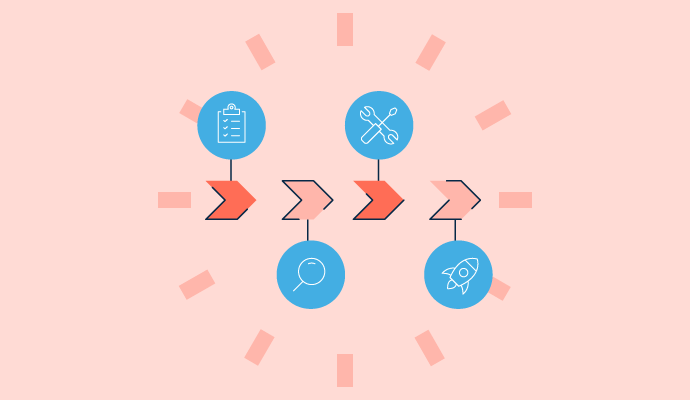What are project updates?
Project updates are updates shared with the entire project team and sometimes the entire company, so everyone understands the project’s progress or any potential roadblocks or shifts in priority. Project managers often give project updates to the team, although anyone can provide one. Project updates also provide a documented history of the project’s progress.
Project management software allows for progress tracking and helps identify any obstacles, which can be included in regular project updates. No matter the industry or team, it’s likely someone will need to share project updates at some point.
Basic elements of project updates
There are nine basic elements to include and explain in every project update.
- Project name and relevant objective or goal, typically found in the statement of work
- Project owner and project members
- The date
- A list of completed items since the last update
- A list of in-progress items since the last update
- A list of tasks expected to be complete by the next update
- Any roadblocks and how they affect the project
- Any questions the team has about the project, the timeline, or the task priorities
- Any issues or risks
Other factors that may be included are budget progress and spending update, total hours logged, or key project highlights like milestones or scope creep.
Benefits of project updates
Regular project updates encourage transparency and honesty between employees and teams. There are many benefits to regularly providing project updates to the team and company. These benefits include:
- Project updates keep every stakeholder and team member in the loop with one update and eliminate the silos that often take place with projects. These updates often answer coworkers' or stakeholders' questions before they even ask them.
- With consistent and effective project updates, it’s possible to keep project health in check. In other words, no one is ever surprised by an off-track or at-risk project.
- Project updates open up a communication line between team members to proactively identify and discuss any concerns.
- Project updates can take the place of status meetings or weekly standups.
Project updates best practices
When sharing project updates with the team or company, follow these tips and best practices to ensure success.
- Don’t send project updates just to send them. How often project updates occur depends on the company, the team, the current season or quarter, and the project in question.
- If possible, Include visualization of progress in the form of graphs or charts.
- Make the update in a place accessible to all team members that require it. If project updates are provided within the project management tool, for example, make sure the entire team can access it or post the update in multiple places.
- Be concise. Updates don’t need to include every single item possible, only the ones relevant to the team.
- If the business has a project management tool, build the project update where the work lives so it’s easy to reference when needed.
- Use the update to link to any important resources, like copy that needs to be reviewed or completed designs that need to be shared.
- When in doubt, keep the update simple, so it’s easy to avoid overwhelming the team with information.
Project update vs. project status
A project update is a frequent update on a specific section or a few specific sections of a project. Updates provide team members and stakeholders with the progress of items within a project.
A project status often comes via a report or other document that provides a complete picture of a project, where each related task stands, and overall progress. It highlights whether or not the entire project is on track, off track, or at risk. A project status report often includes multiple project updates.

Whitney Rudeseal Peet
Whitney Rudeseal Peet is a former freelance writer for G2 and a story- and customer-centered writer, marketer, and strategist. She fully leans into the gig-based world, also working as a voice over artist and book editor. Before going freelance full-time, Whitney worked in content and email marketing for Calendly, Salesforce, and Litmus, among others. When she's not at her desk, you can find her reading a good book, listening to Elton John and Linkin Park, enjoying some craft beer, or planning her next trip to London.




















